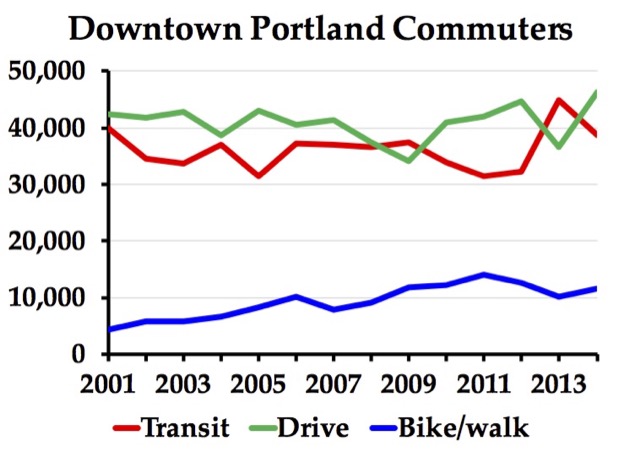Damascus, Oregon, was supposed to be a great experiment in urban planning. A rural community just outside of Portland’s original urban-growth boundary, in 2002 it became the largest addition ever to the land within that boundary. Yet it has had almost no new development since then, and it appears local opposition will lead to the disincorporation of the city, supposedly only the fourth city ever to dissolve in the history of Oregon.

Looks like the perfect spot for a transit-oriented development. Flickr photo by Ian Eure.
The problem is that urban planners don’t understand how cities work. Here’s how a private developer creates a city. First, they buy land. Then they divide it into neighborhoods of commercial, residential, and other uses, then subdivide each neighborhood into lots. Then they put in infrastructure to support those neighborhoods. At some point along the way, they either incorporate a city or a service district to provide a mechanism for maintaining and expanding the infrastructure and create a process to allow the people who live there to democratically elect officials to oversee the government.








